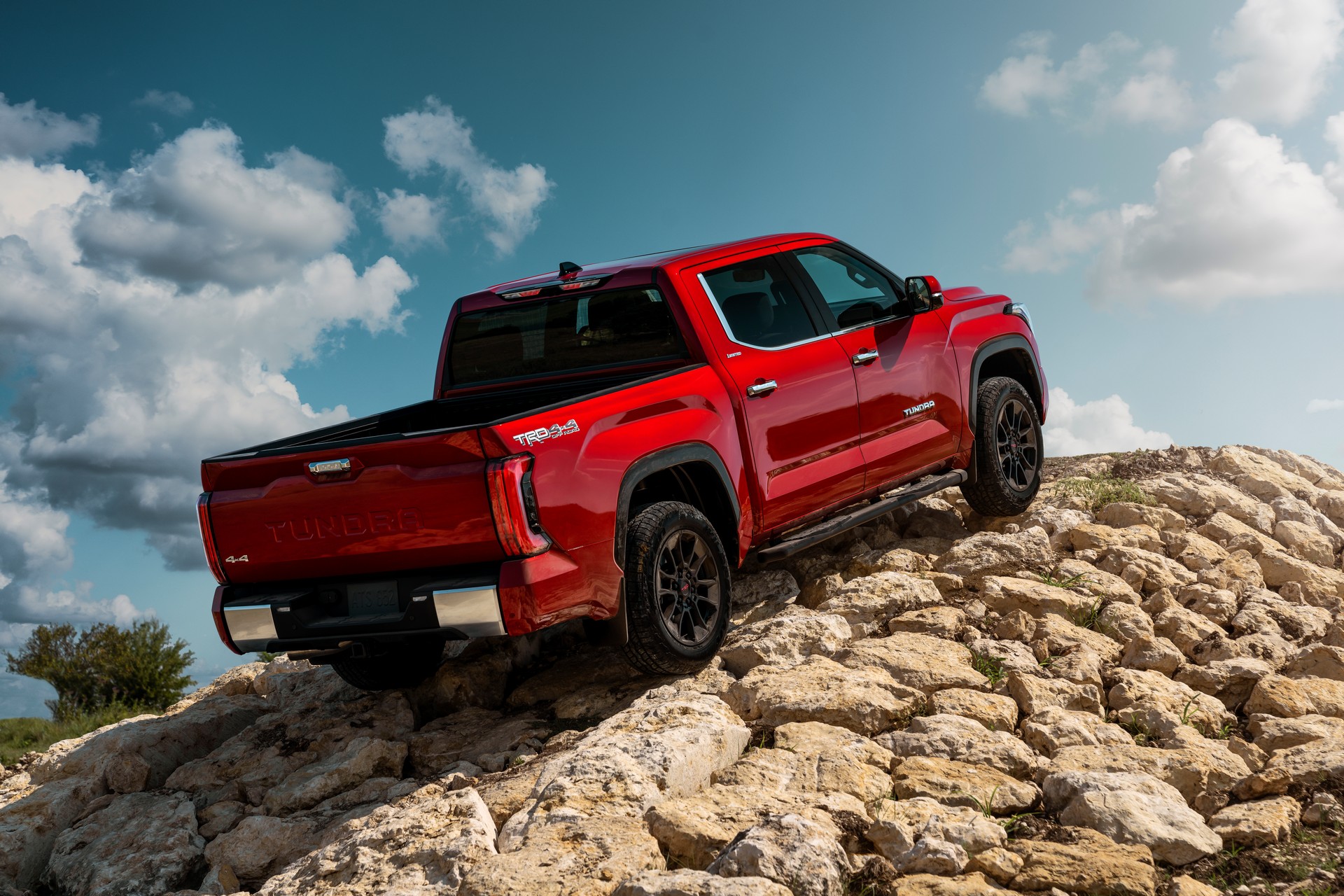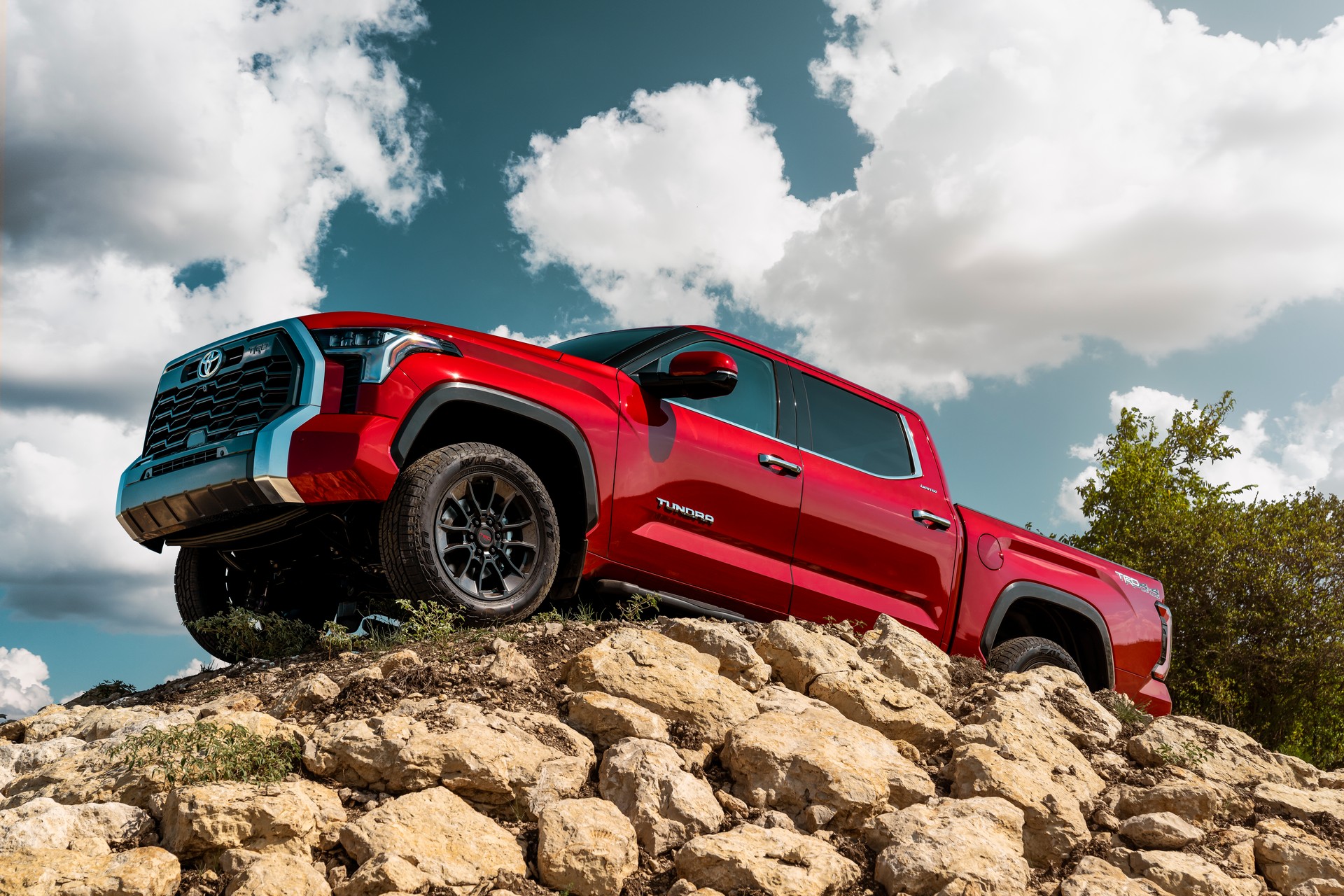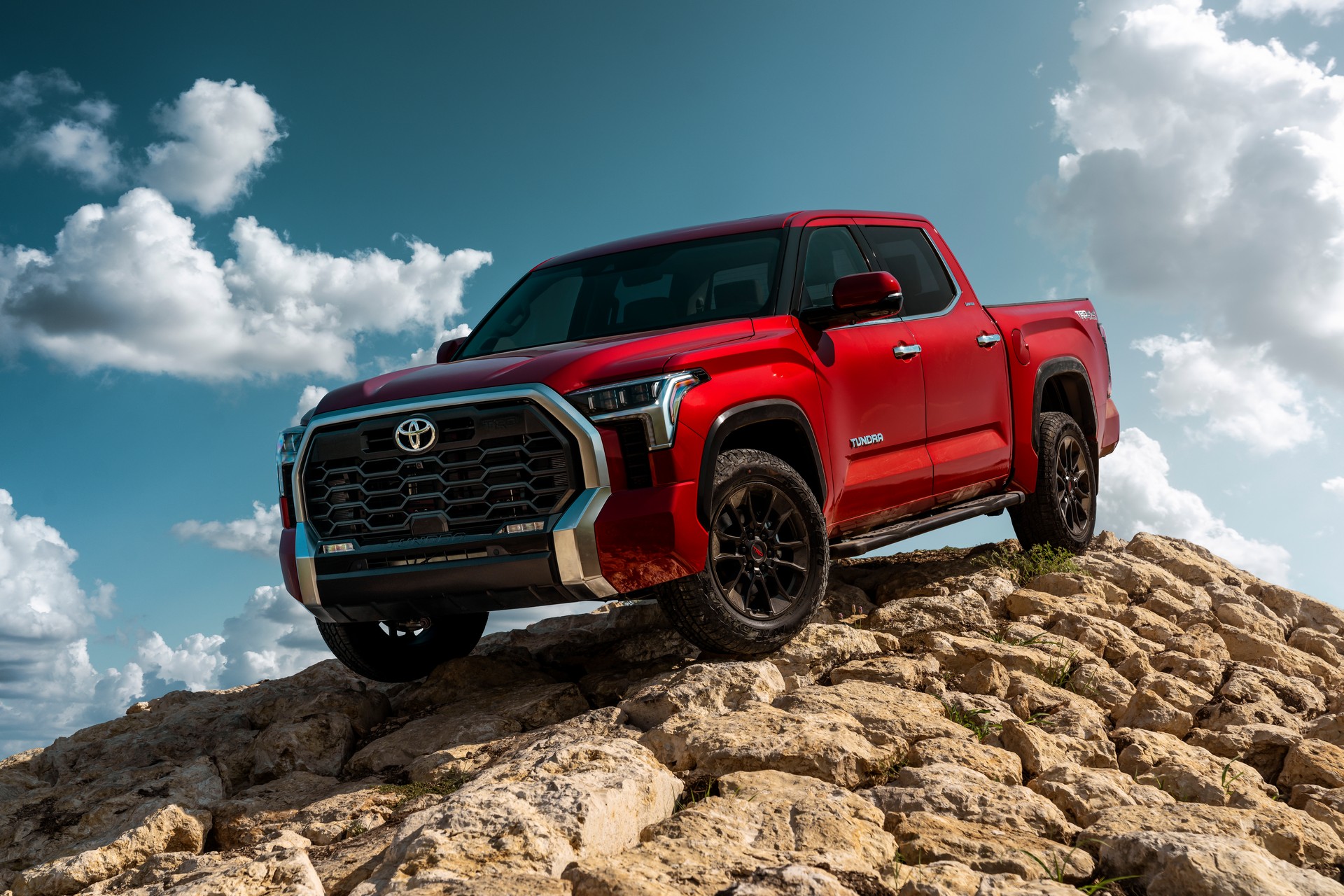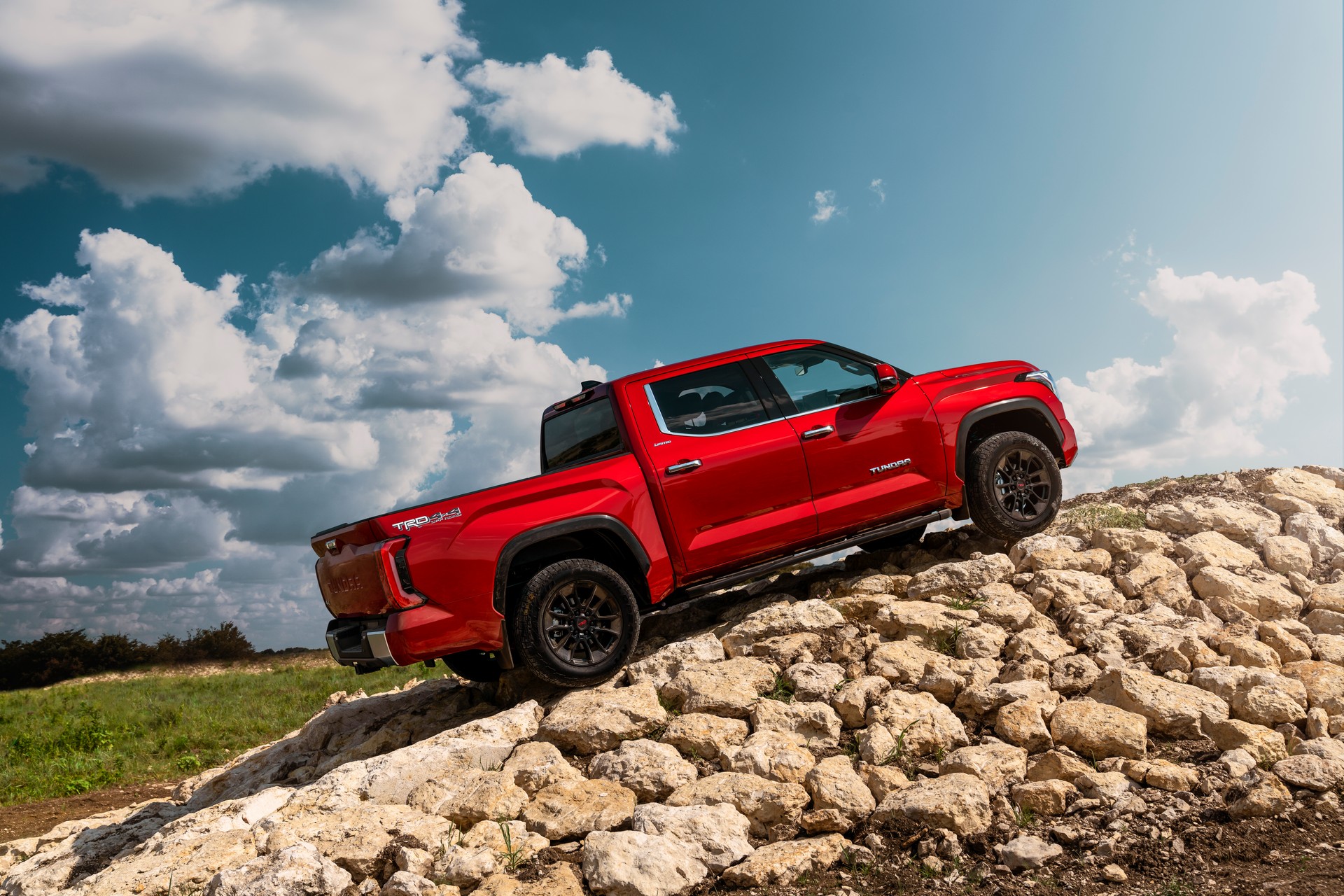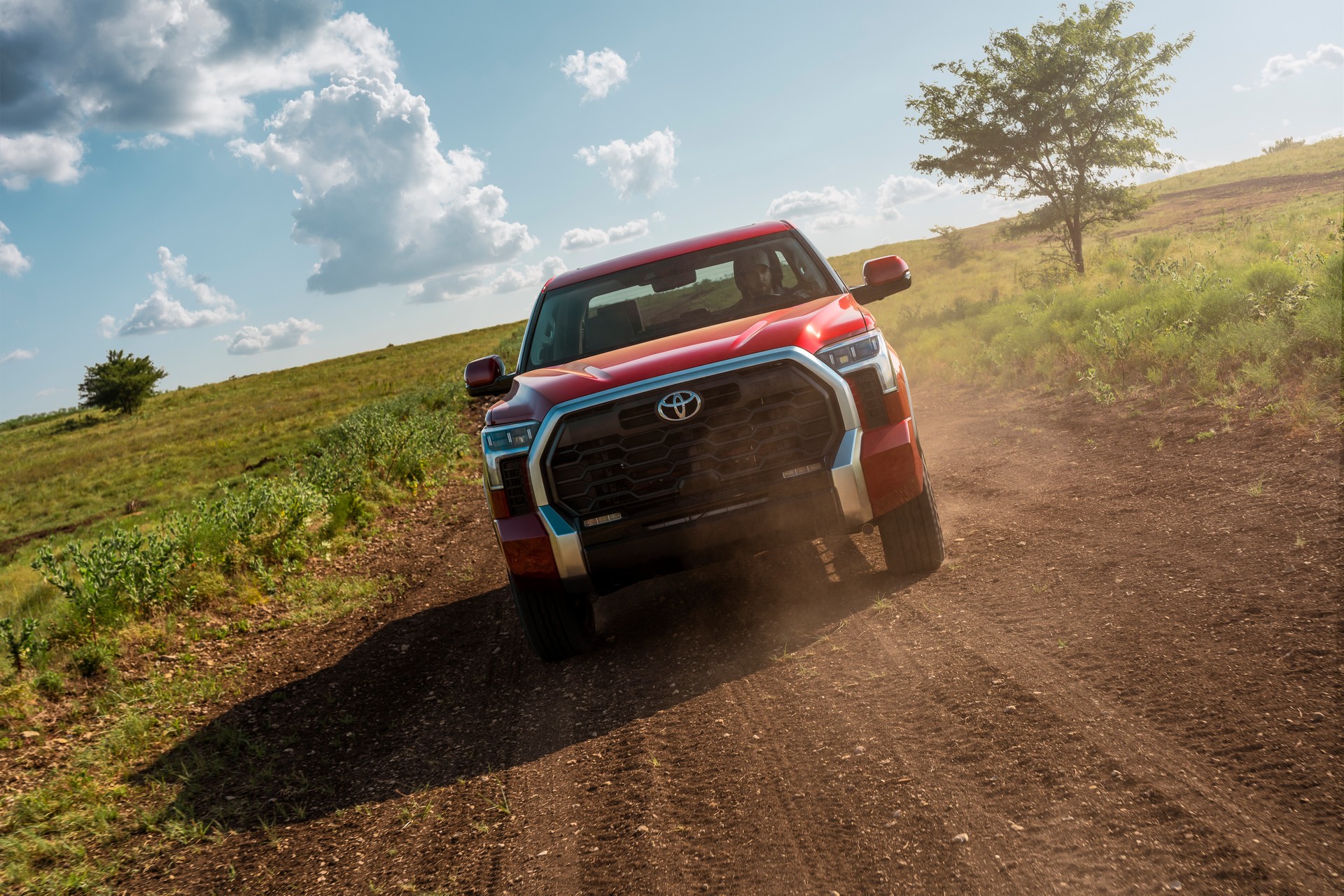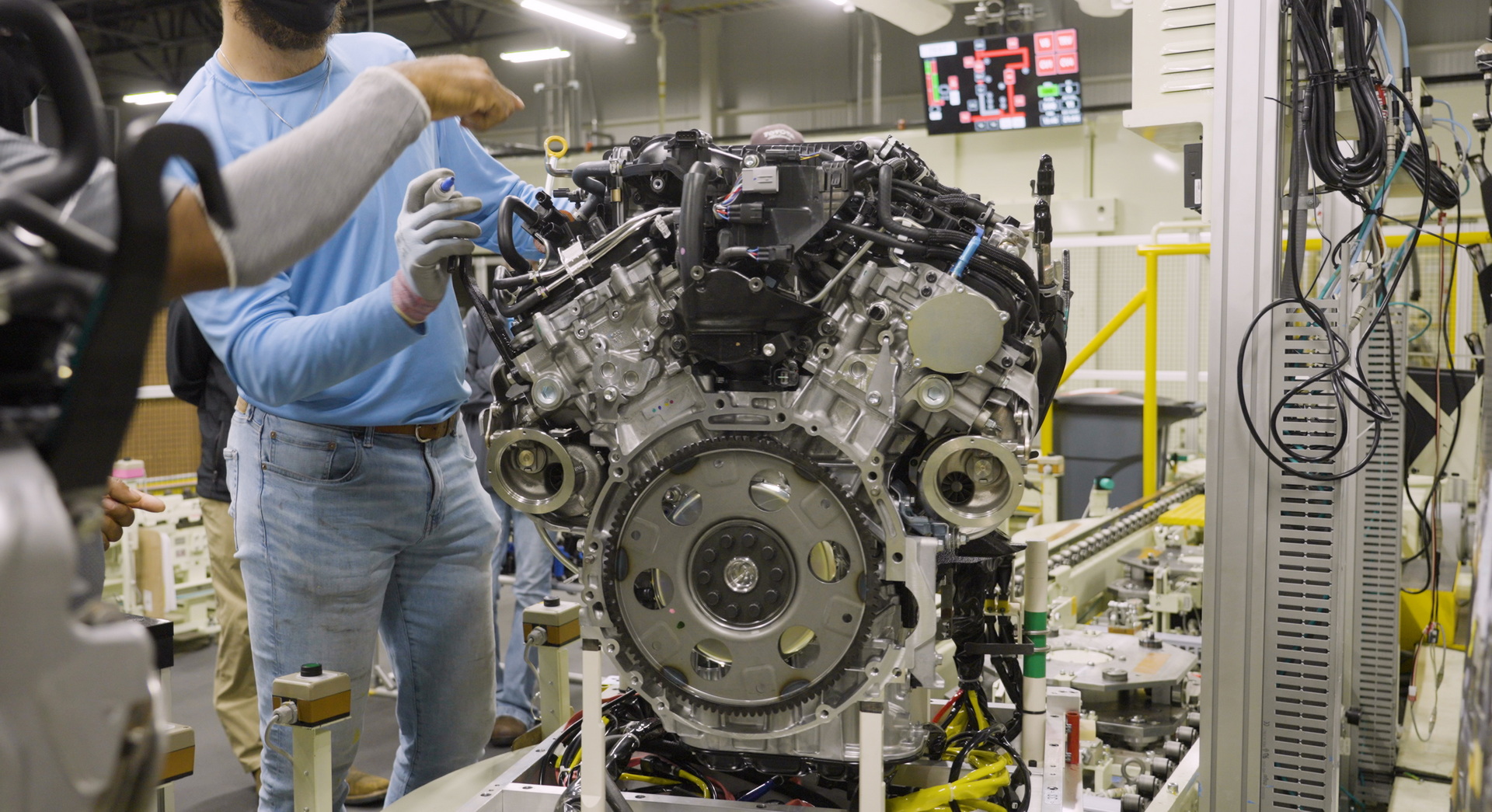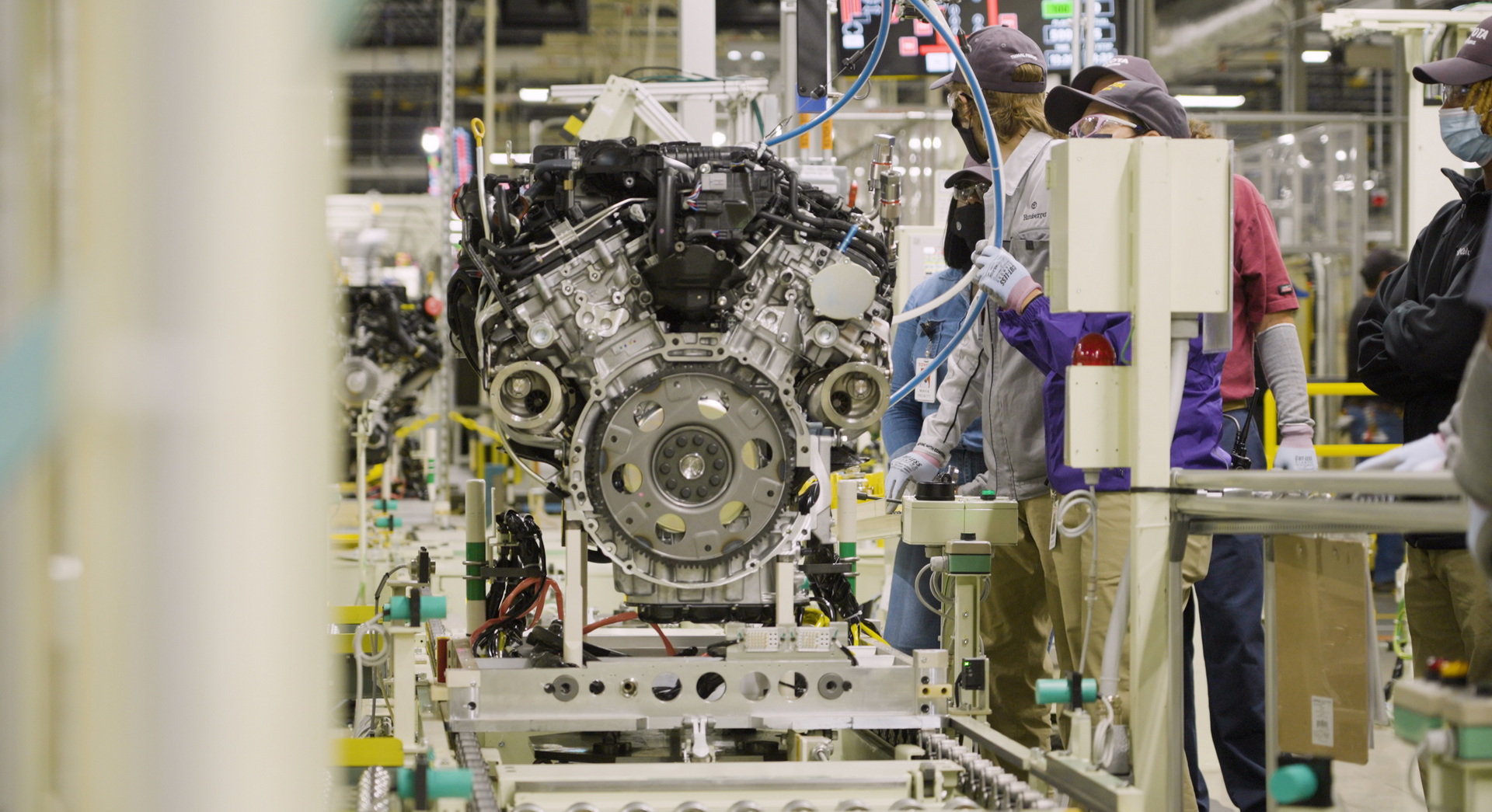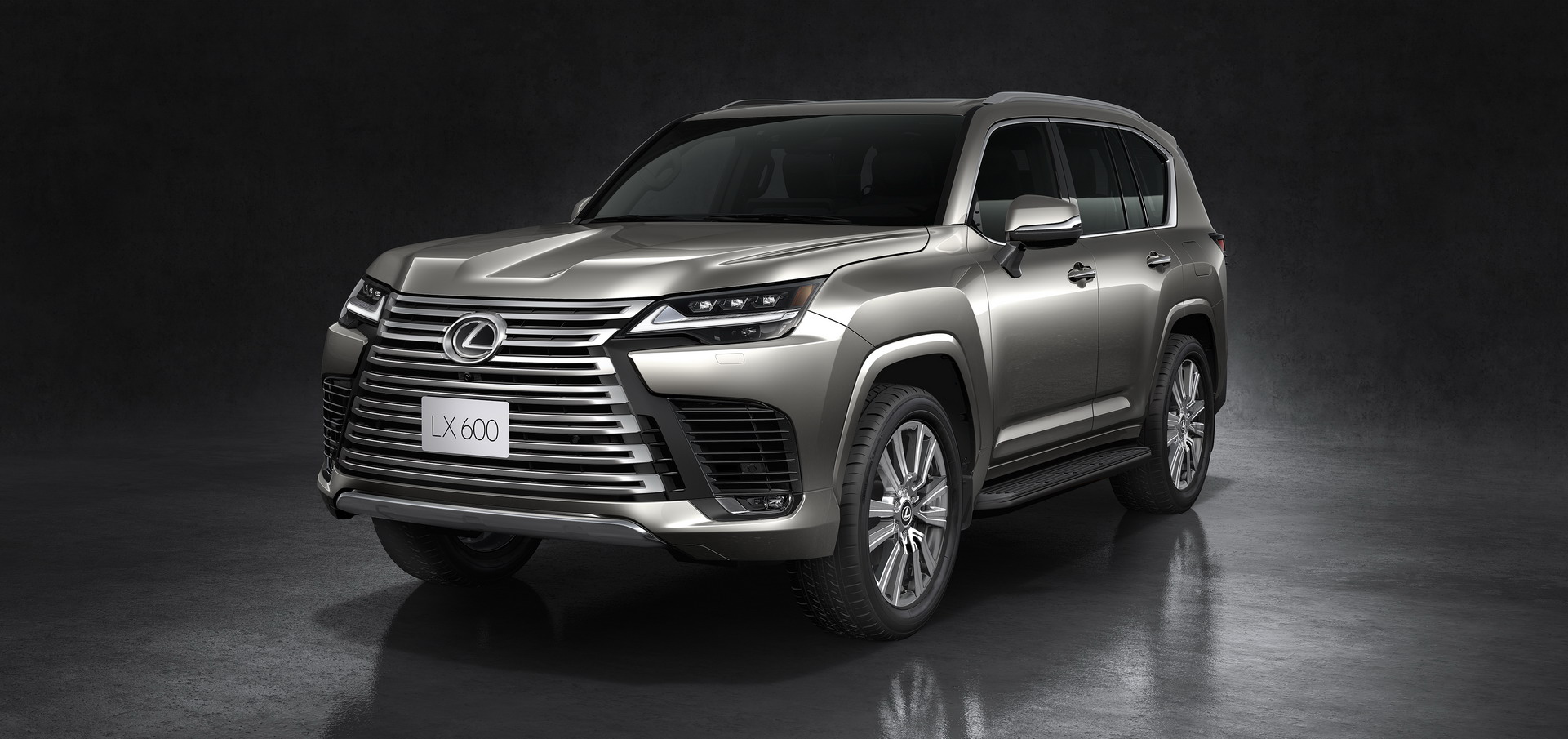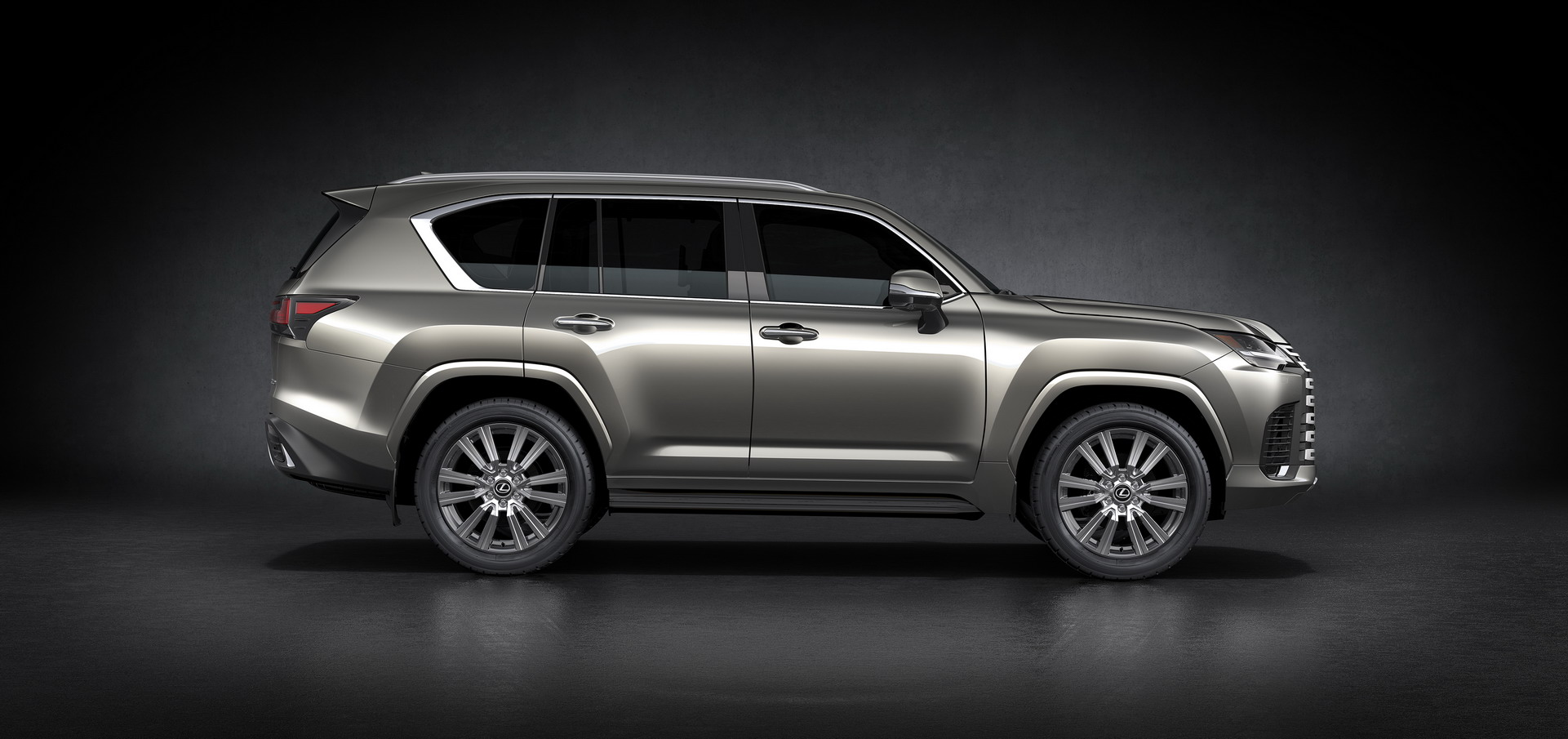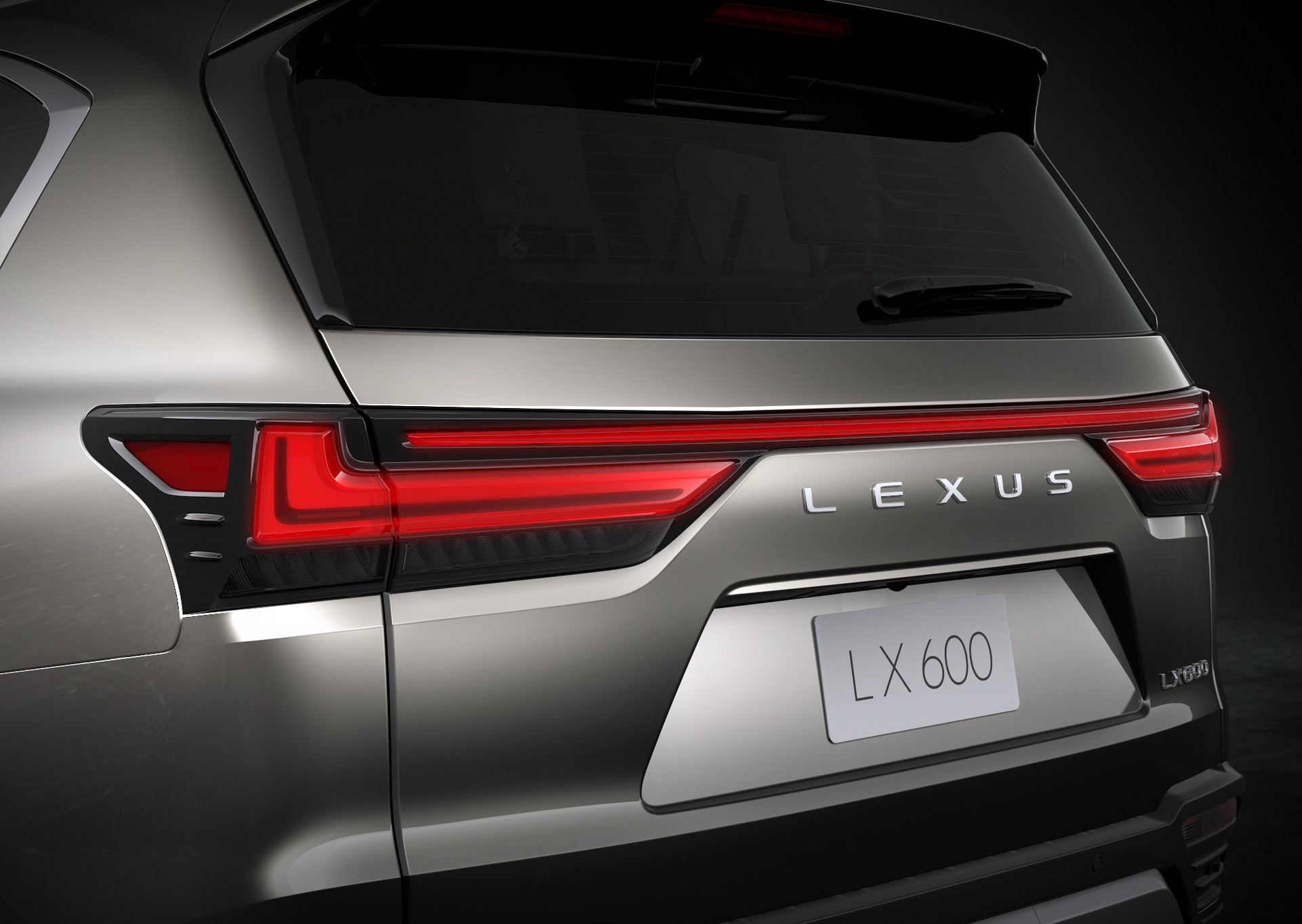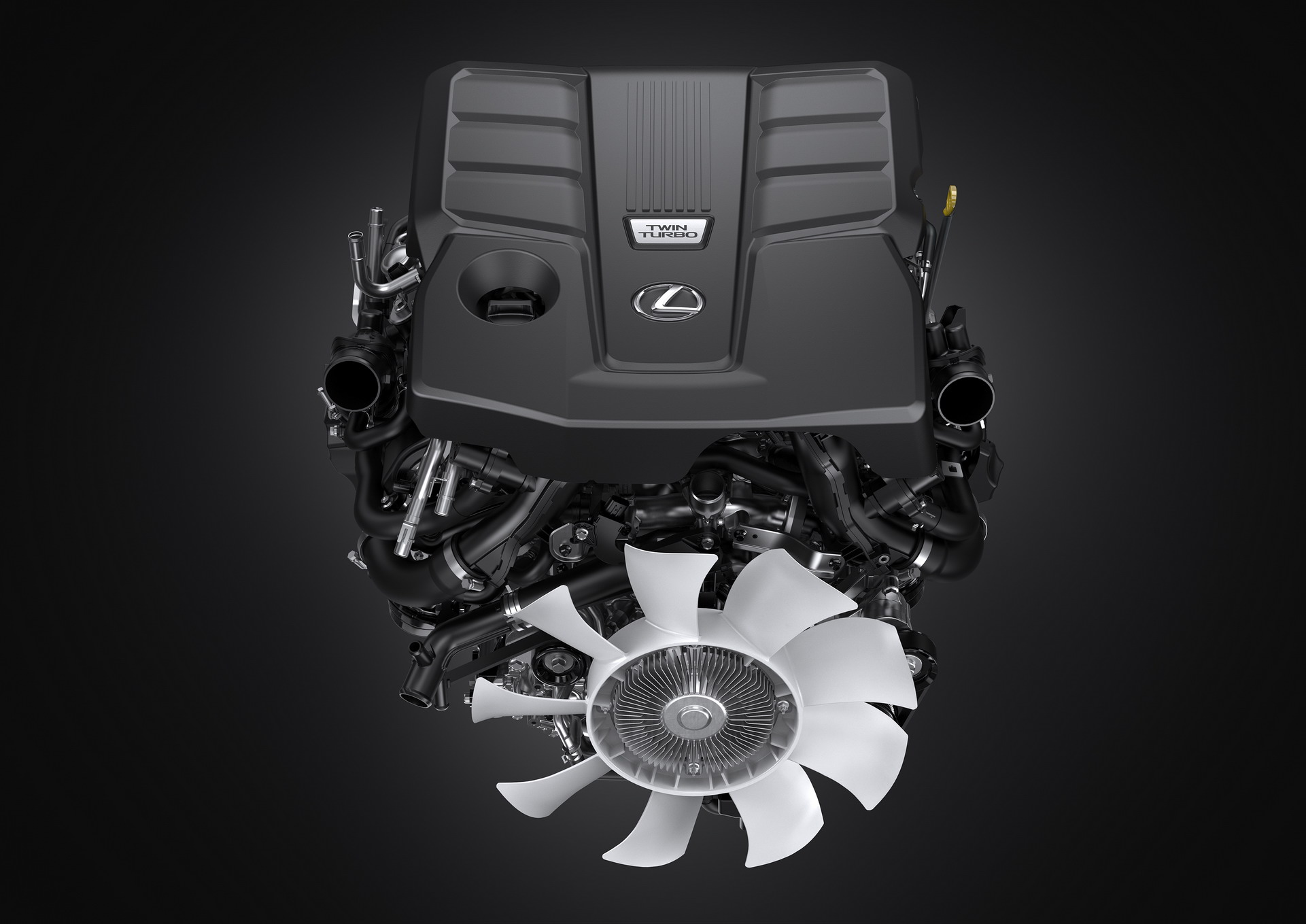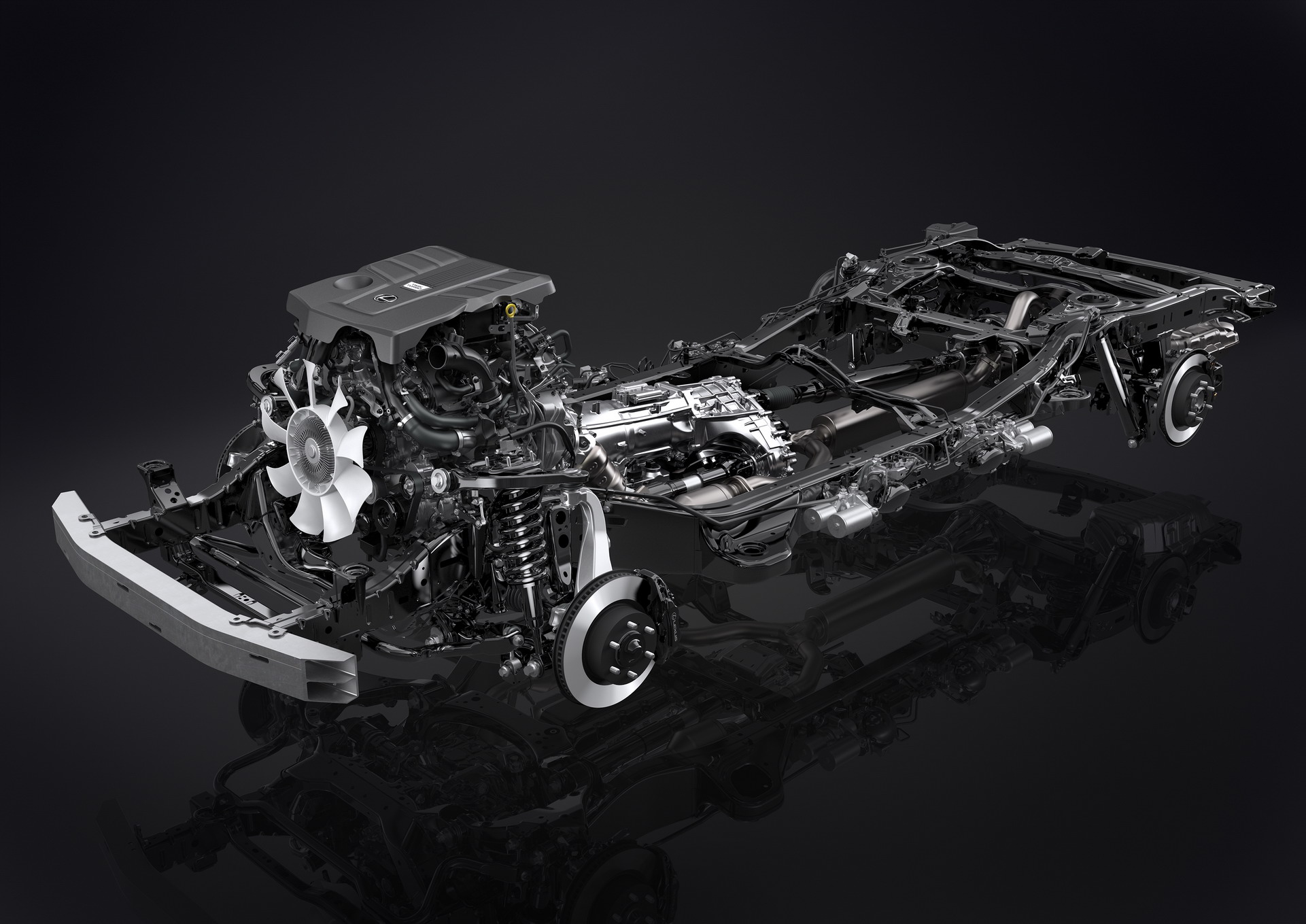- Toyota is fitting new engines to 102,092 Toyota Tundra and Lexus LX vehicles from 2022-23 that were the subject of a recall in May.
- The automaker has resorted to replacing the vehicles’ Alabama-built 3.4-liter V6 powertrains entirely because it can’t find another solution.
- A total of 98,568 Tundras and 3,524 LXs were originally recalled due to the risk of crankshaft bearing failure from machining debris left inside the engines.
Do you own a Toyota Tundra or Lexus LX and feel a little guilty about those mornings when you were in a rush and didn’t let the oil warm up before introducing right foot to carpet? Well, here’s your chance to rewind the clock and be a more considerate owner, because Toyota is replacing more than 100,000 engines free of charge.
The cost to the automaker of supplying and fitting 102,092 non-hybrid 3.4-liter twin-turbo V6s is going to be massive, but Toyota has decided that’s the only way it, and owners, can move forward from a recall that was originally announced two months ago. This giveaway applies solely to owners with non-hybrid V6 engines because Toyota says the electrically-assisted versions of the V35A motor aren’t affected.
Related: Toyota Recalls 102k Lexus LX And Tundra Trucks Because Tiny Bits Of Metal Could Kill Engine
In May, Toyota recalled 98,568 Tundras and 3,524 Lexus LX600s over fears that the vehicles’ crankshafts could seize. The problem was tracked down to swarf left in the engines from the machining process that could stick to the crankshaft bearings, leading to heavy bottom-end knocking, rough running, or, in a worst case scenario, total seizure. And if the last of those happened while the car was on the move, say at freeway speeds, it could cause a major accident.
Toyota first became aware of the problem with the V35A powertrains in March 2022 when it received a field report of an engine that had failed entirely. By the end of that year it had received more reports of similar failures, decided that manufacturing debris was to blame and instigated a more thorough cleaning process for engines assembled at the Alabama plant going forward.
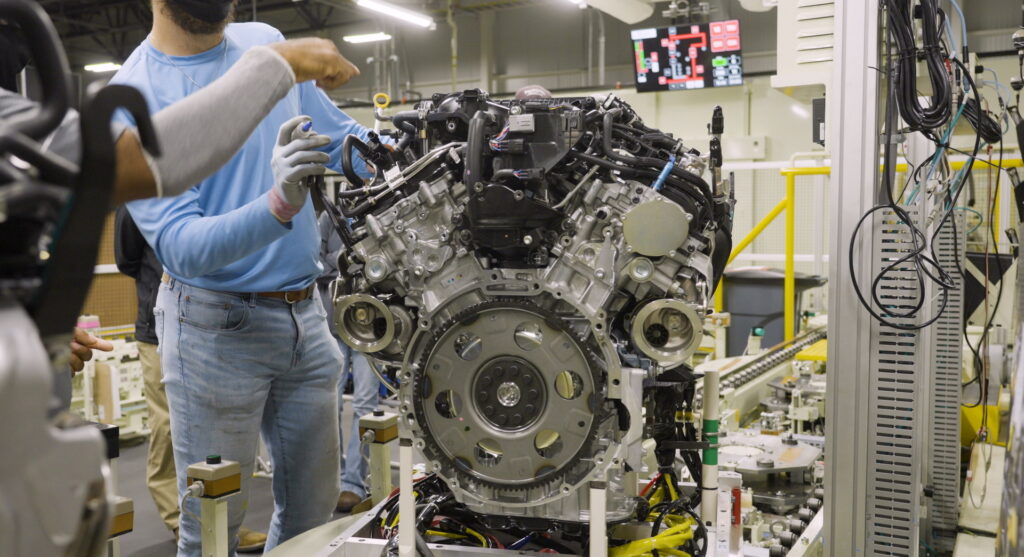
But that still left the problem of what to do with the thousands of models already on the road, and more failure reports were landing on the quality department’s desk. After further tests and teardowns through 2023 and 2024, the company recalled potentially-affected vehicles in May of this year, but it’s taken a further two months for Toyota to come up with a full plan of action.
Toyota is recalling 102,092 trucks and SUVs, but has so far only received 824 warranty claims, suggesting that many owners could carry on driving for years without ever having an issue. However, even owners who’ve experienced no problems whatsoever will get a new engine.





